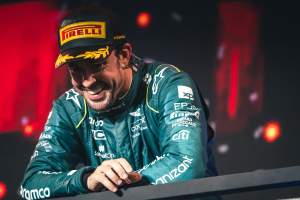Up Next

Four-time Formula 1 world champion Sebastian Vettel could have been one of Max Verstappen’s closest rivals this season.
That’s probably the view of anyone who rates Vettel anywhere near the level of Fernando Alonso, who took the Aston Martin seat that Vettel walked away from at the end of 2022 as he retired from F1.
During his two years with Aston Martin, Vettel stood on the podium twice (one of those podium finishes taken away shortly after) when everything fell right but the car was usually at the lower end of F1’s midfield, with the team finishing seventh of 10 in the constructors’ standings in both 2021 and 2022.
Then just as Vettel exits the team, Aston Martin takes a huge stride forward with Vettel’s replacement Alonso scooping three straight podiums at the start of 2023 and becoming the Red Bull drivers’ closest rival in the points standings.
While Vettel had his off-track reasons and had already achieved so much with 53 wins and 57 poles alongside his quartet of titles, you can’t help but wonder if the timing of his exit from the team was one of the most unfortunate in F1 history.
That got us thinking about previous F1 champions or race winners from the last 40 years who left a team – whether it be through their own choice like Vettel or against their wishes – right before it made a big performance leap and produced considerably more competitive machinery.
Michael Schumacher – Mercedes
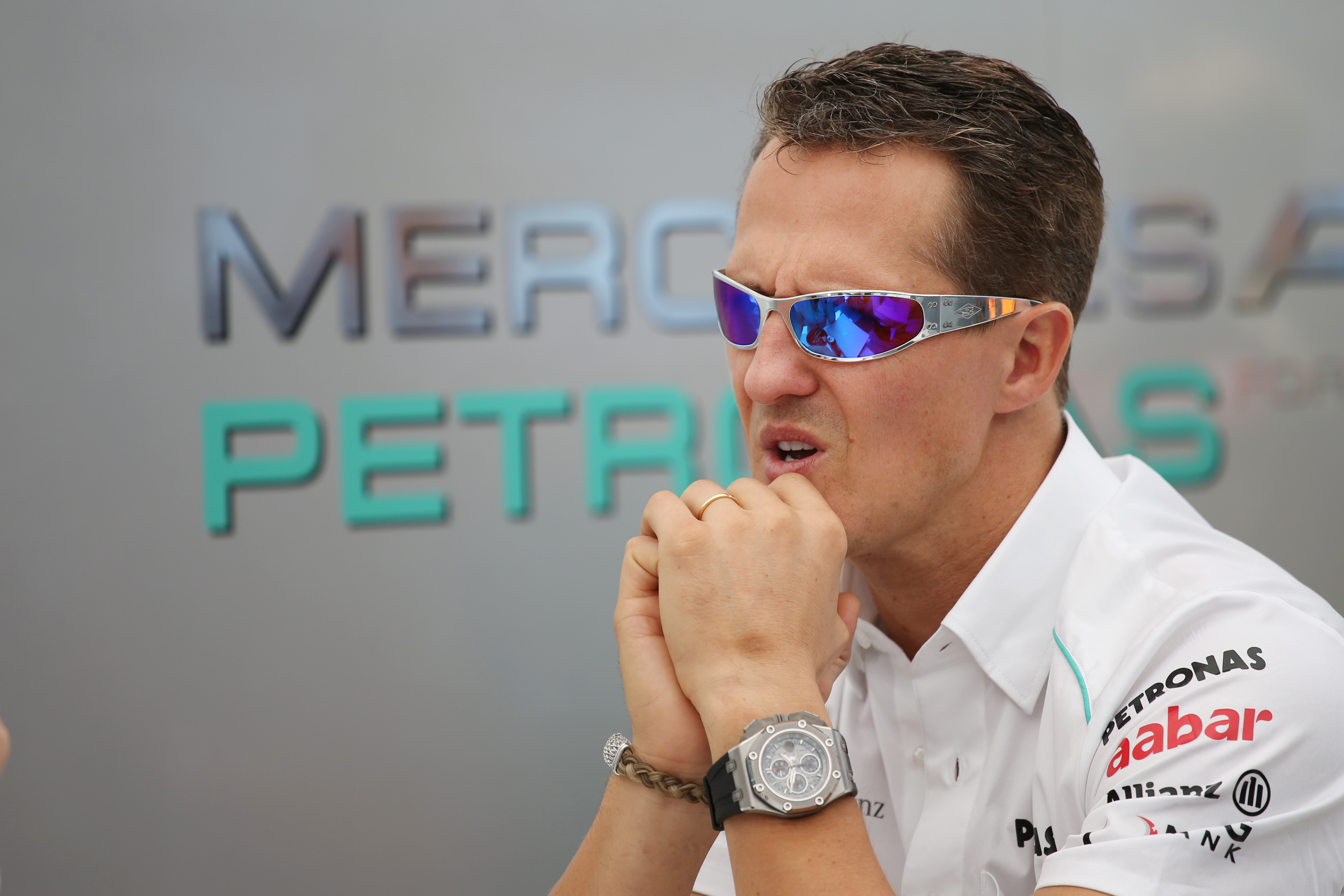
Schumacher’s F1 comeback with Mercedes is often written off as a failure – lofty expectations of title challenges translated into one podium in three years and three successive intra-team defeats to Nico Rosberg.
But what it’s easier to forget are the strides Schumacher took during his first three years back and the progress he’d made by the time of his final season in 2012, where he matched Rosberg in qualifying.
Beyond the famous lost Monaco pole position, he was running third in Melbourne before retiring with gearbox trouble, was tipped into a spin by Romain Grosjean after starting third at Sepang and was in second behind eventual winner Rosberg at Shanghai before a botched pitstop forced his retirement – and that’s just the bad luck in the first three races of Schumacher’s year.
So although he was clearly not operating at his peak he was demonstrating that he could sustain a high level of performance even into his early-40s (as Alonso is also currently proving) and his tenure also looks better in hindsight when considering the Lewis Hamilton-beating season Rosberg was able to deliver subsequently.
What ended Schumacher’s comeback was the October deadline for an undecided Schumacher to make up his mind about continuing with Mercedes beyond 2012, a deadline that was eventually deemed to be too late for the team and it instead swooped to successfully sign Hamilton.
Mercedes rose from F1’s fifth-best team to the second-fastest in 2013 – with eight poles and three wins for Hamilton and Rosberg – before claiming 15 of the 16 titles between 2014 and 2021.
By then, Schumacher had sadly suffered his life-changing skiing accident. But regardless of whether Schumacher could have continued to match Rosberg or whether he would have intended to stay beyond an additional year, Schumacher would have undoubtedly significantly added to his podium and points statistics in 2013.
David Coulthard – Williams
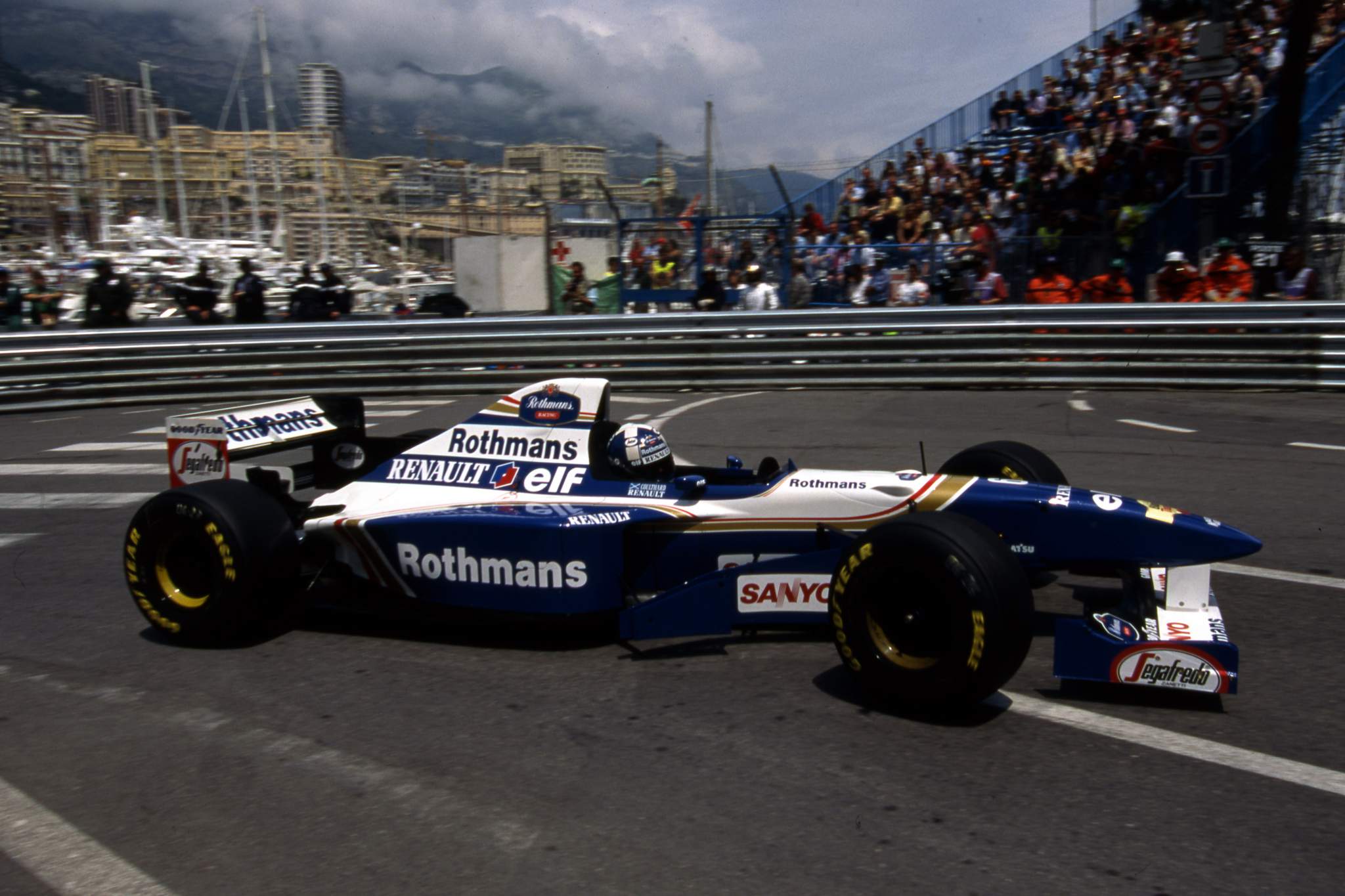
David Coulthard’s F1 career choices were hardly poor. He was in race-winning machinery for probably nine of his 15 seasons and that translated into 13 race wins and finishing (a distant) runner-up to Schumacher in the 2001 championship.
But could it have been even more had he stayed with Williams instead of switching to McLaren?
Coulthard never felt McLaren would allow him to lead its title push as Mika Hakkinen picked up back-to-back titles in 1998 and 1999 before Ferrari and Schumacher swept all for the next five years.
What would have happened had Coulthard managed to stay at Williams for 1996 – something neither he nor the team particularly desired – alongside eventual champion that year Damon Hill?
Coulthard compared well to Hill in 1995 and the latter was falling out of favour within Williams, suggesting Coulthard probably would have felt more confident at having a crack at the title at Williams in 1996 and 1997, particularly considering its margin in the first of those seasons made it a two-horse race between the Williams drivers.
Over a decade later Coulthard left Red Bull at the end of 2008 after helping the team find its feet in its first four years in F1 and morph into the all-conquering outfit it would soon become.
Coulthard walked away from F1 right before Red Bull became a frontrunning force but the then-37-year-old – firmly bested by team-mate Mark Webber in 2008 – was always going to be moved aside for protege Sebastian Vettel even before he announced his retirement midway through 2008.
Jarno Trulli – Renault
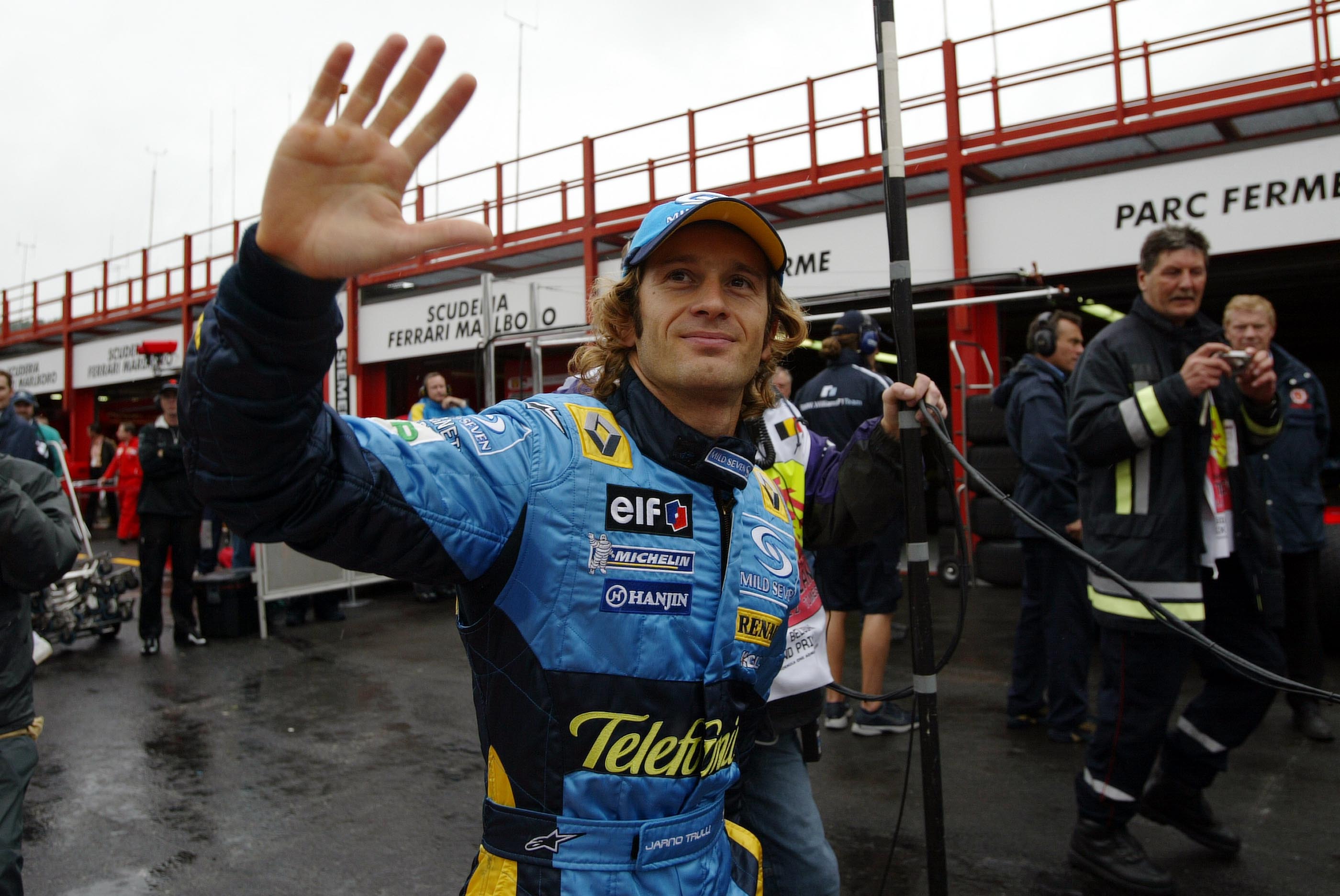
Fans will often point to Jarno Trulli when assessing Alonso’s toughest F1 team-mate outside of his fiery partnership with Hamilton.
Alonso picked up Renault’s first win back in F1 in 2003 but he was run close throughout his first two years at the team by Trulli – who was ahead of Alonso in the 2004 drivers’ championship before his post-French Grand Prix nosedive in form which began with his dire unsuccessful final-corner defence of the final podium place at Magny-Cours.
There had been extenuating circumstances behind Alonso’s deficit but Trulli would prove far stiffer intra-team competition to Alonso than his full-time replacement Giancarlo Fisichella – who came in as Renault became F1’s benchmark (first along with McLaren and then Ferrari) across 2005-06.
Trulli missed out on having a championship-contending car and instead headed for a five-year stint with Toyota that would promise much but never deliver the race-winning car the Japanese manufacturer and Trulli desired.
He left Renault before the end of 2004 – with 1997 champion Jacques Villeneuve temporarily standing in with a disastrously poor three-race stint – after falling out of favour with the team and Renault team boss Flavio Briatore, who Trulli believes had long since decided Alonso was the team’s future.
Trulli told the F1 Beyond The Grid Podcast: “With Flavio, once there was no harmony anymore, and I was not his driver on the contract side, he had no more interest in me.”
Jacques Villeneuve – BAR Honda
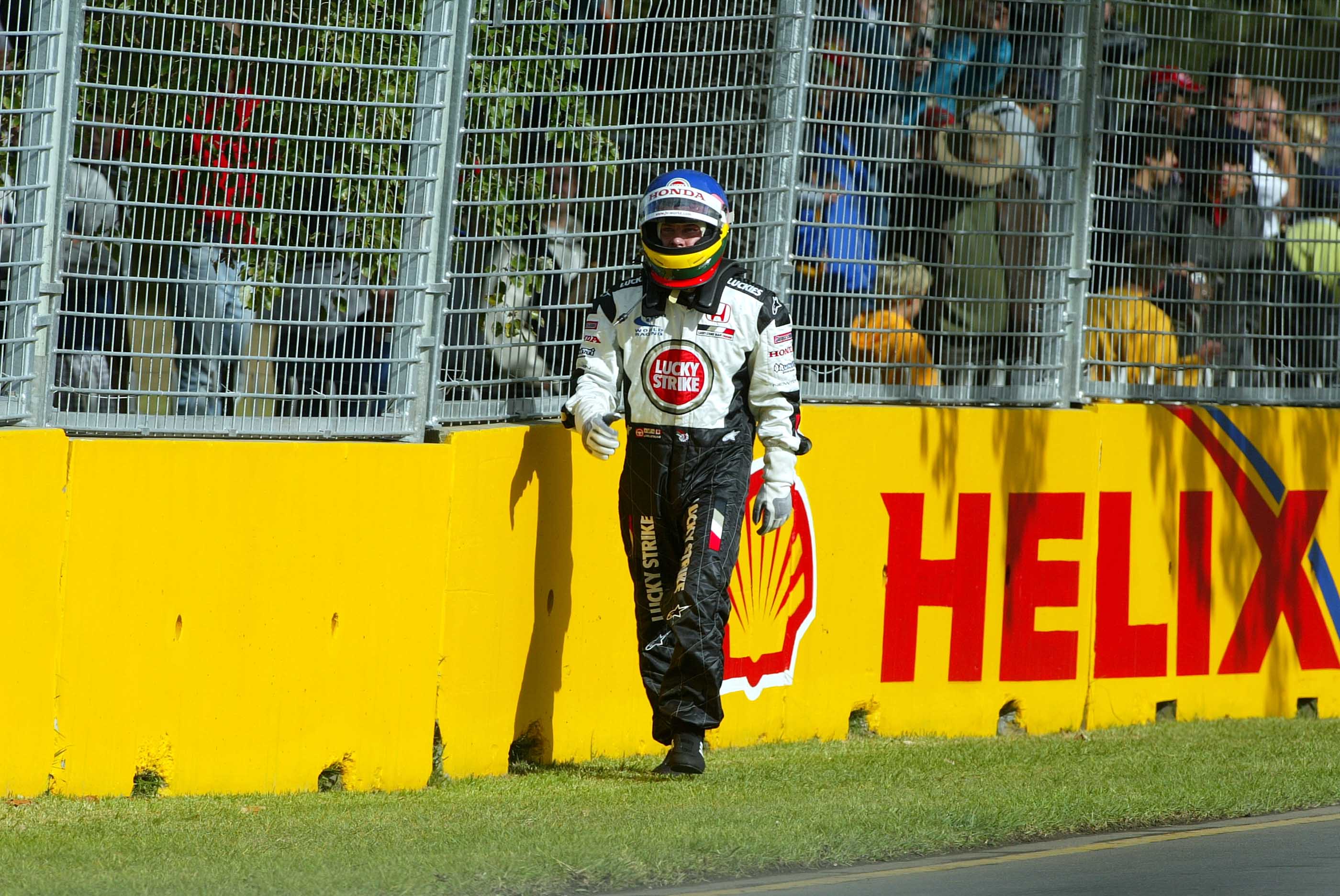
Villeneuve’s brief Renault stint at the end of 2004 could have made this list but the quality of it – his Suzuka race was “embarrassing” by his own admission – means remaining in the team was never realistic.
There’s a similar question mark over whether he could – and should – have remained at Williams by the time BMW helped it return to being a regular race winner from 2001.
And talking of BMW its arrival at Sauber in 2006 would change the fortunes of the team – but Villeneuve wouldn’t make it past half a season, and therefore couldn’t reap the rewards of the team making a significant step forward in 2007.
But probably the biggest missed opportunity was how Villeneuve and BAR’s partnership ended right before the team’s best season until it became Brawn in 2009.
New signing Jenson Button outperformed Villeneuve in 2003 and the team’s head was soon turned elsewhere, with Villeneuve walking away before the final race of the season when he knew he wouldn’t be retained for 2004.
BAR Honda proved to be the second-best team in 2004 as McLaren and Williams dropped the ball and allowed it to become Ferrari’s closest challenger – even if none of its 11 podiums were a race win.
Pastor Maldonado – Williams

Williams may have finished eighth in the 2012 constructors’ championship but it’s clear with hindsight that the FW34 was capable of far more giantkilling performances than only Pastor Maldonado’s famous win.
The points total of the team’s successor, the FW35, which scored a measly five points in 2013, was far more representative of the fall down the pecking order Williams suffered towards the end of the V8 era.
However the team recovered in style by becoming a regular podium finisher in the first year of the turbo-hybrid rules in 2014 – a success that Maldonado couldn’t enjoy.
Maldonado had fallen out with Williams during its troubled 2013 campaign, that divorce including a remarkable accusation that somebody in team was “playing with the [tyre] pressures” in qualifying at Austin. He opted to replace the Ferrari-bounded Kimi Raikkonen at Lotus, with Felipe Massa taking his Williams seat.
That move proved disastrous for Maldonado as while Williams finished third in the constructors’ championship, Lotus finished eighth with just 10 points – only two of them earned by Maldonado, who would be out of a drive by the end of the following season.
John Watson – McLaren

John Watson never had an easy time at McLaren.
He arrived at the prime of his career in 1979 with a grand prix win under his belt but just like other drivers on this list he never felt fully valued by his team, describing some of his treatment during 1980 as “disgusting, disingenuous and disrespectful”.
He was briefly the team’s lead driver when Alain Prost headed for Renault in 1981 but that would change when then-two time world champion Niki Lauda came out of retirement for 1982.
Lauda led the team’s aggressive early switch to a TAG-backed Porsche turbo engine towards the end of the 1983 season. While it was fragile at first, that ultimately proved to be a highly successful move that propelled McLaren to back-to-back title doubles.
Unfortunately for Watson he – despite claiming McLaren’s sole victory of 1983 with his famous 22nd-to-first charge at Long Beach – didn’t get to reap the rewards of the development work as Renault sacking Alain Prost prompted McLaren to sign the Frenchman for 1984 and eject Watson – who was holding off on signing an extension with the belief no other top drivers were going to be on the market until Prost’s sudden availability.
It was a bitter blow for Watson whose only subsequent appearance in F1 came during a one-off stand-in appearance in place of the injured Lauda at the 1985 European GP.
Rubens Barrichello – Jordan

Jordan’s points tally only increased by 11 points between 1996 and 1997 but that was completely unrepresentative of the performance step the team took with its much-loved Jordan 197.
Rubens Barrichello would have been driving the 197 had he not left to join Jackie Stewart’s new Formula 1 team, which made a strong start to life in F1 as far new entrants go but was some way off Jordan in 1997.
Then-Jordan technical director Gary Anderson has repeatedly expressed his belief that Jordan could have won a race with the 197, particularly the third round of the season at the Argentine Grand Prix where drivers Ralf Schumacher and Fisichella collided, if the car was in different hands.
So perhaps both Barrichello’s and Jordan’s first wins would’ve come a whole lot sooner if he stayed.
Jenson Button – Williams and Renault
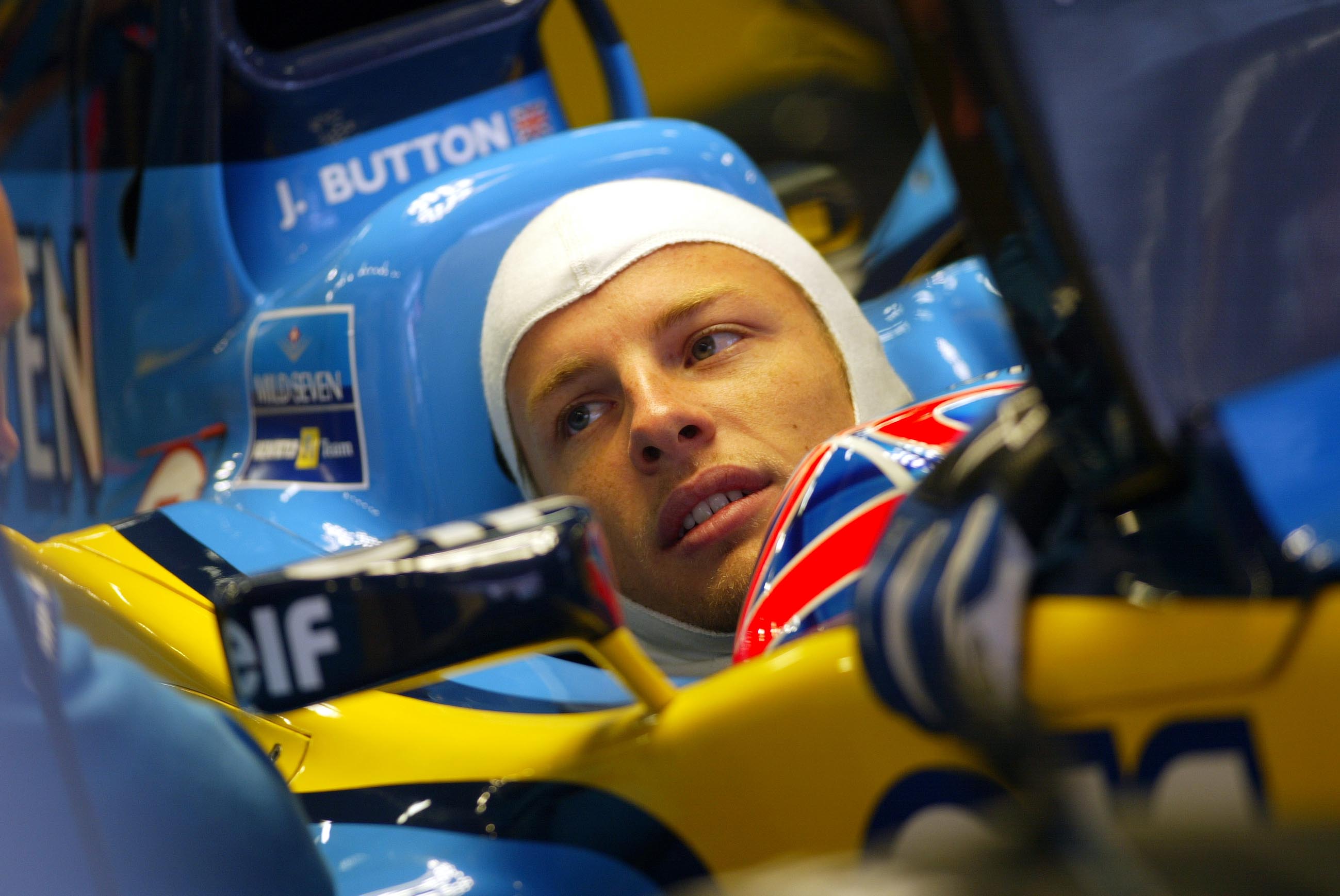
The first nine seasons of Jenson Button’s F1 career appeared to be a case of ‘right place, wrong time’.
After a solid rookie season during Williams’ first year with BMW power in 2000 he was replaced by the already-signed Juan Pablo Montoya and lost out on the most fruitful years of Williams and BMW’s partnership.
He landed at Benetton, which had fallen far from its mid-1990s heyday and had been bought by Renault.
After two years there Button was replaced by Alonso – who claimed the team’s first win of its F1 return the following year and its first title three years later.
Button had a highly competitive BAR Honda in 2004 but if not for the hectic circumstances of the 2006 Hungarian Grand Prix, his wait for a first F1 win may have extended all the way to his fairytale 2009 season with Brawn.
Fortunately he was able to make up for potential lost wins at Williams and Renault by winning the 2009 title and then earning eight victories during his first three years with McLaren.
Fernando Alonso – Ferrari

Alonso would be at the top of the reverse of this list – drivers who joined teams just as they took a significant step back.
But he also has a place here specifically for his switch from Ferrari to McLaren for 2015.
After his heroic failed title charge in 2012 and some early success in 2013, Ferrari couldn’t hold a candle to Red Bull in the second half of 2013 and stuttered its way into the hybrid era in 2014 with only two podiums all year.
By that point Alonso and Ferrari’s relationship was well and truly over and he instead orchestrated a return to the McLaren team he’d left on sour terms at the end of 2007.
In 2015 Ferrari’s new hope Vettel was the only non-Mercedes driver to win races (three of them) while Alonso suffered through the first of three nightmare years of McLaren and Honda’s reunion.
By that third year in 2017, Alonso would still be firmly toiling in the midfield with an unreliable McLaren while Vettel had the machinery to mount a spirited title challenge – one you can’t help but wonder might have turned out differently with Alonso at the wheel.
Thierry Boutsen – Williams
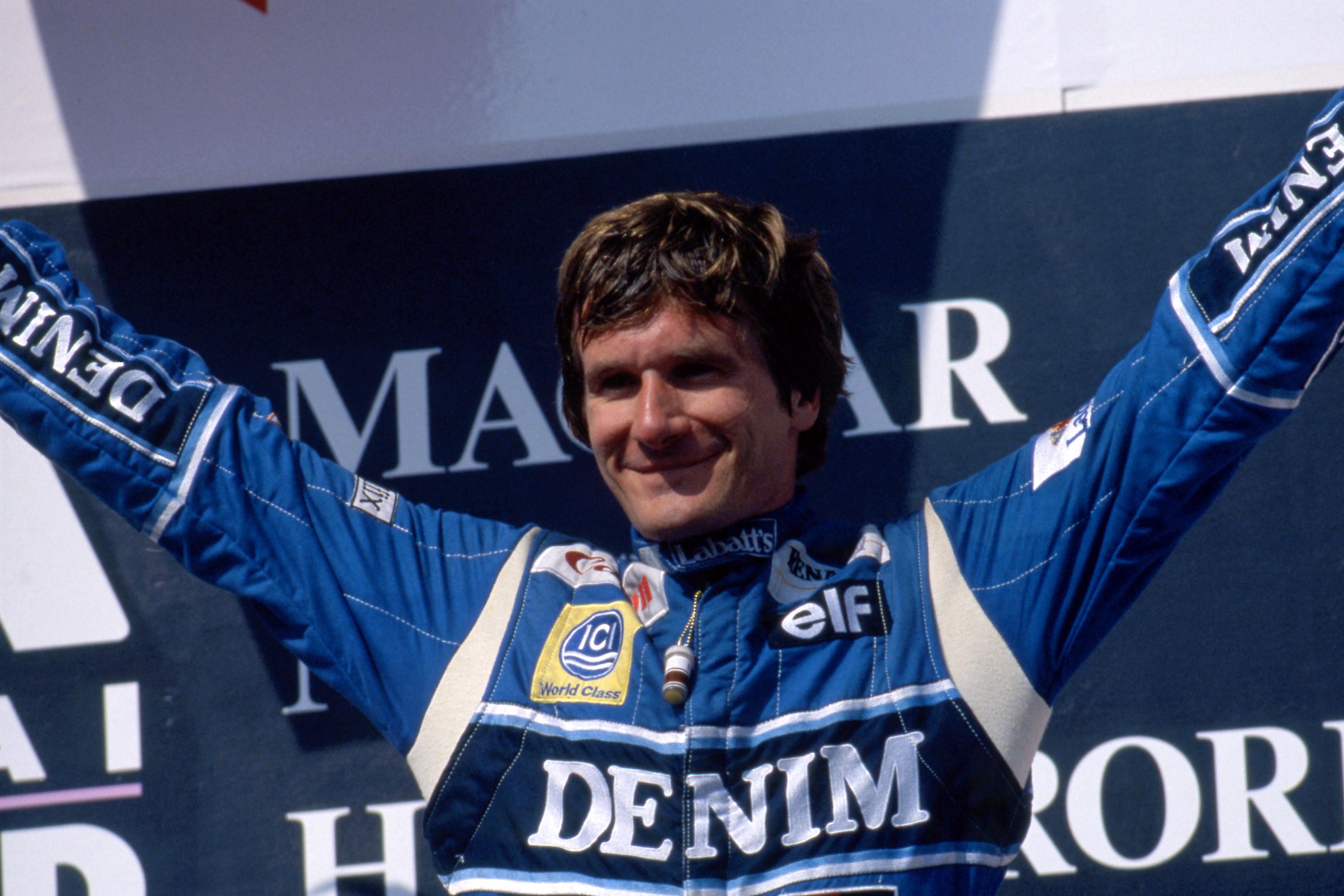
Boutsen joined Williams in the first year of its highly successful Renault partnership in 1989, where its fortunes astronomically improved after a dire year straddled with Judd engines and an uncompetitive chassis.
Things got off to a difficult start when he “broke the corner of five vertebrae” in a pre-season testing accident at Interlagos that took him a year to fully recover from, according to his entry in Maurice Hamilton’s Williams book.
He still used his delicate touch in wet conditions to win in Montreal and Adelaide later that year and defied intense pressure from Ayrton Senna to win at the Hungaroring in 1990 without changing his tyres.
Boutsen knew his time at Williams was up when he returned to his garage from the Hungaroring podium to find his team had already gone rather than staying with him to celebrate.
During that 1990 season, he was generally stronger than team-mate Riccardo Patrese but it was Boutsen who lost out when the team, longing for the ‘star driver’ it had been lacking, tempted Nigel Mansell out of retiring.
Williams then became a consistent title-challenging force for the next seven seasons.



